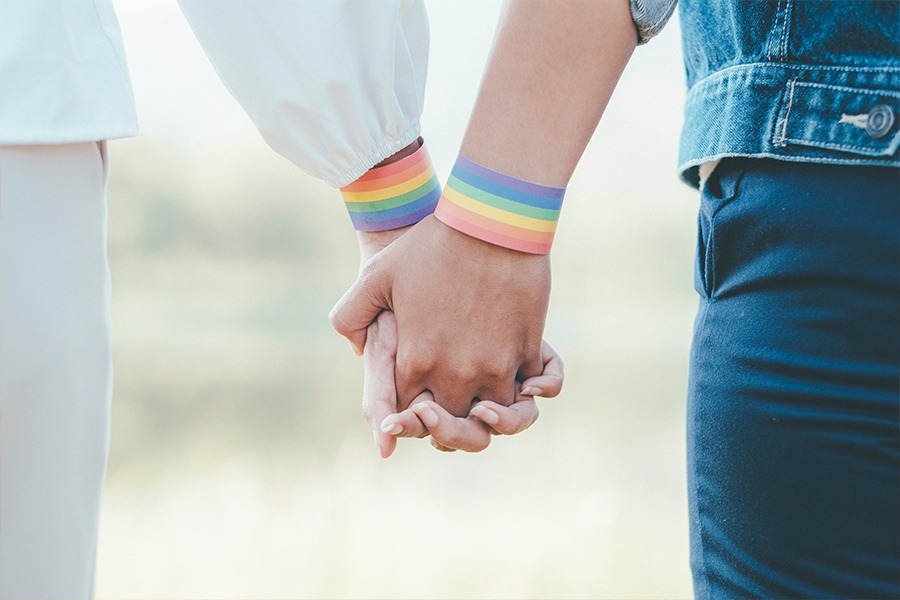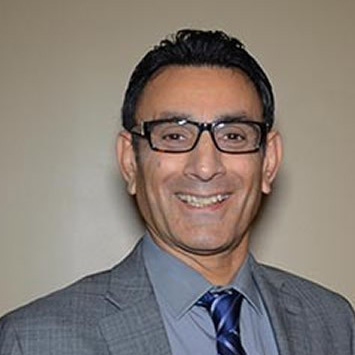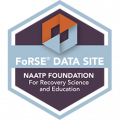Living in a community that has been rejected as long as the LGBTQ+ community has is difficult to say the least. For those who have experienced discrimination because of their gender identity or sexual orientation, it seems hopeless. To cope, some individuals may find themselves turning to substance abuse. For those who have done so, it’s not too late. At First City Recovery Center, our mental health treatment in Indiana supports people from all walks of life and those from all communities.
The fear of being outed can also result in stress and anxiety. Furthermore, they are often subjected to hate crimes and unfair treatment in workplaces, schools, and other public spaces. These hardships not only pose a threat to their mental health but also impede their ability to fully participate in society.

The rejection faced by LGBTQ+ individuals from their communities can be largely attributed to deep-seated societal norms and prejudices. Many societies around the world still uphold traditional beliefs around gender and sexuality, viewing any deviation from heteronormativity as abnormal or immoral. This, coupled with a lack of understanding and awareness about LGBTQ+ identities, often results in these individuals being marginalized and excluded from their communities.
In many cases, this rejection is also rooted in religious beliefs or cultural norms that deem homosexuality and other non-cisgender identities as unacceptable. It’s a complex issue that underscores the necessity for education, open dialogue, and acceptance in our societies.
Why is it Difficult to Live as an LGBTQ Individual?
Living as an LGBTQ+ individual can be challenging due to a host of societal, legal, and personal hurdles. In many global societies, they face stigmatization, discrimination, and sometimes even violence due to their sexual orientation or gender identity. Legal barriers in certain countries or states can also limit their rights, restricting them from equal access to marriage, adoption, or healthcare.
On a personal level, the journey of self-acceptance and coming out to family and friends can be emotionally taxing. Furthermore, lack of representation and understanding can lead to feelings of isolation and loneliness. However, it’s essential to remember that progress is being made, with growing societal acceptance and legal protections in many places worldwide.
Does the Trauma of Facing Discrimination as a Member of the LGBTQ Community Impact Substance Abuse?
Trauma, particularly when experienced in one’s formative years, can wield a significant influence on the development of substance use disorders. This connection hinges on the concept of ‘self-medication’; this is where individuals seek temporary relief from the emotional pain and distress triggered by traumatic events through substance use.
Alcohol is often utilized as an emotional suppressant, especially in the context of repressed trauma symptoms. Individuals may turn to alcohol as a means of coping, using its psychoactive effects to mask the intense emotions and memories associated with their trauma. This numbing effect provides a temporary escape from the daunting realities they face, creating a false sense of relief or detachment. However, this approach to coping does not address the root cause of the emotional pain, but instead potentially exacerbates it, often leading to a vicious cycle of increasing dependency on alcohol.
The repeated use of substances as a coping mechanism can lead to physical dependence and addiction, birthing a substance use disorder. Furthermore, the presence of a substance use disorder can exacerbate the symptoms of trauma, creating a vicious cycle that can be challenging to break without professional intervention.
Trauma often acts as a catalyst for depression by triggering a series of biochemical changes within the brain. Exposure to traumatic events can result in sustained levels of stress hormones, such as cortisol, which can impair the function of neurotransmitters that regulate mood. Furthermore, trauma can lead to alterations in the brain’s structure and function, particularly in areas associated with emotion and memory. This can increase an individual’s vulnerability to depressive episodes and influence the severity and duration of the symptoms experienced.
Trauma can be a significant contributing factor in the development of anxiety disorders. Experiencing traumatic events, especially those that occur repeatedly or over a long period, can trigger the body’s stress response system and lead to chronic feelings of fear and worry. This is due to the brain’s neuroadaptive response, where it becomes hyper-vigilant to potential threats in an effort to avoid future trauma. This heightened state of alertness can manifest as anxiety, with symptoms such as persistent worry, restlessness, and physical symptoms like rapid heart rate or insomnia.
Dual Diagnosis and the LGBTQ Community
LGBTQ Substance Abuse: by the Numbers
LGBTQ individuals have also been found to be three times more likely to experience a substance use disorder in their lifetime. The high prevalence of substance misuse in the LGBTQ community underscores the need for specialized intervention strategies and support systems to address this significant public health issue.
How Does LGBTQ Discrimination Impact the Community in Relation to Substance Abuse?

Treatment Options for the LGBTQ Community
They may also offer family therapy, addressing the complexities of family dynamics within the LGBTQ community. Additionally, holistic treatment methods such as mindfulness, yoga, and art therapy can be employed. These focus on overall wellbeing, stress management, and emotional expression. It should be noted that the choice of treatment should always be individualized, respecting the unique needs and circumstances of each person.
Why Do Some People in the LGBTQ Community Not Go to Treatment?
Previous negative experiences or hearing about such experiences from others can discourage individuals from seeking help when they need it. Lastly, the lack of representation and inclusivity in healthcare marketing and communications can make LGBTQ+ individuals feel unseen and unwelcome. It’s crucial that these barriers are acknowledged and addressed to ensure everyone has access to the care they need.

















